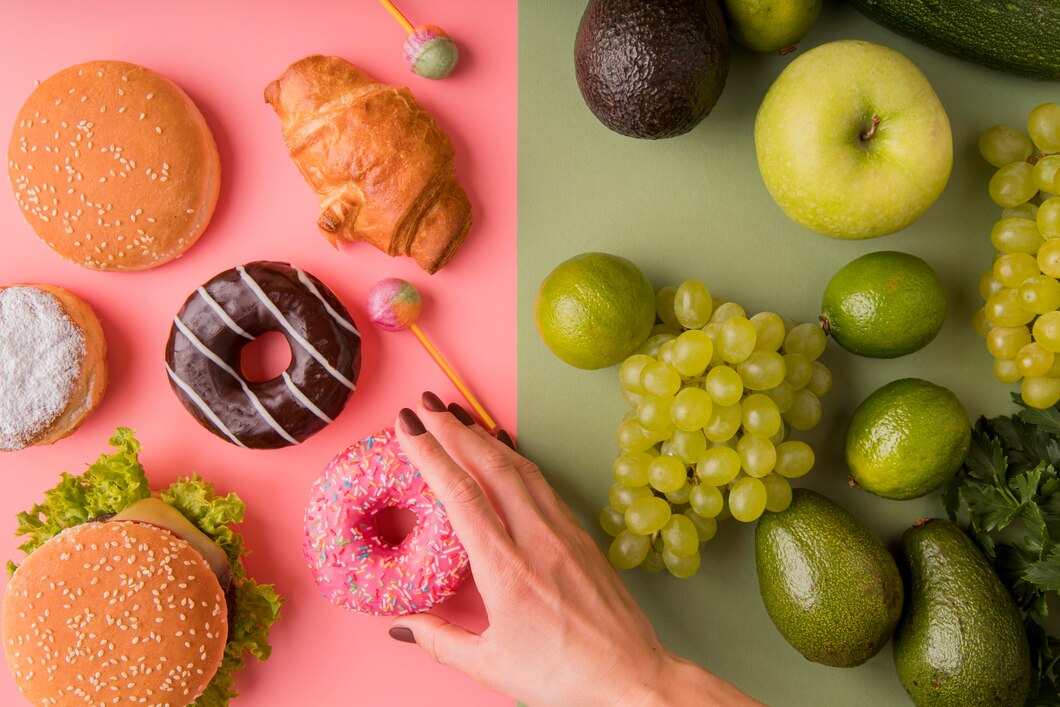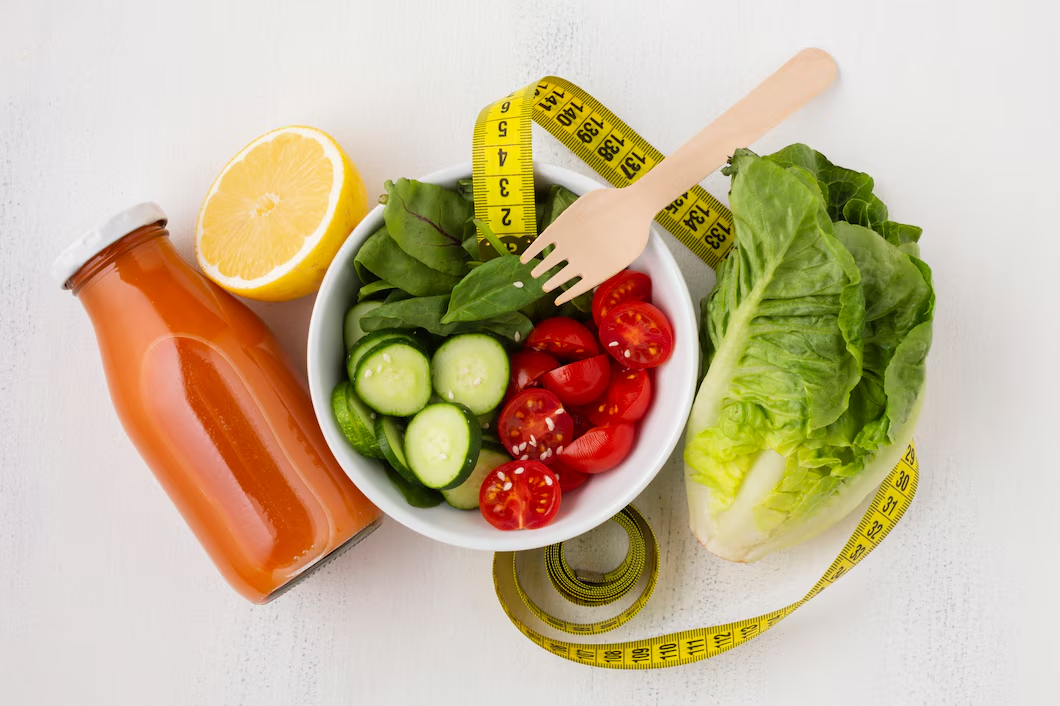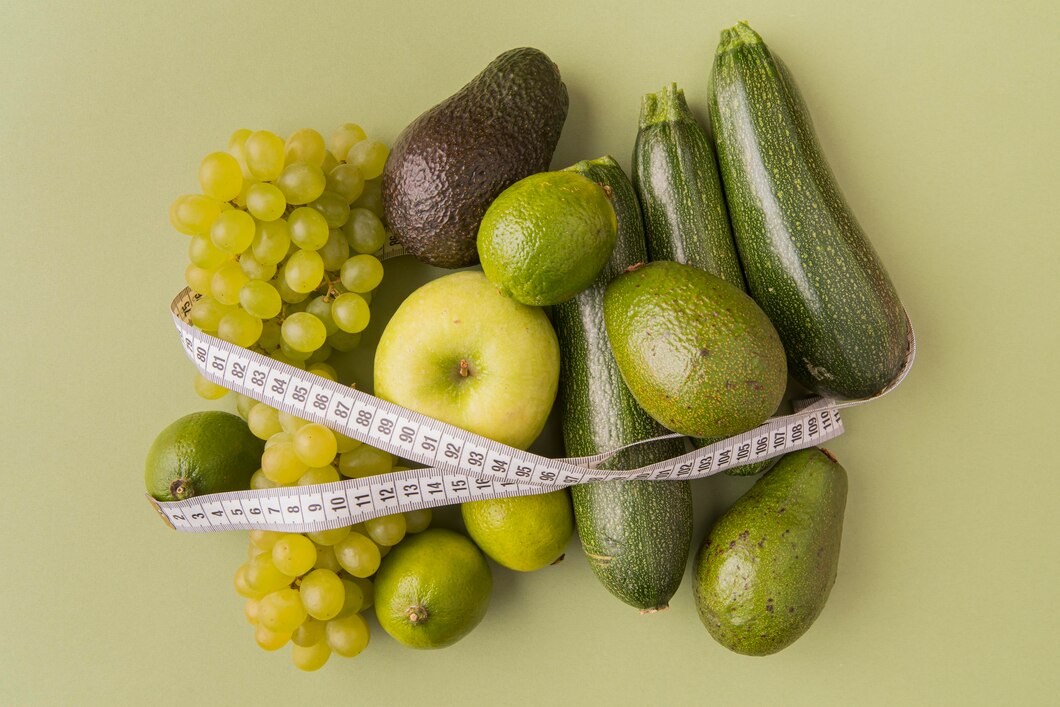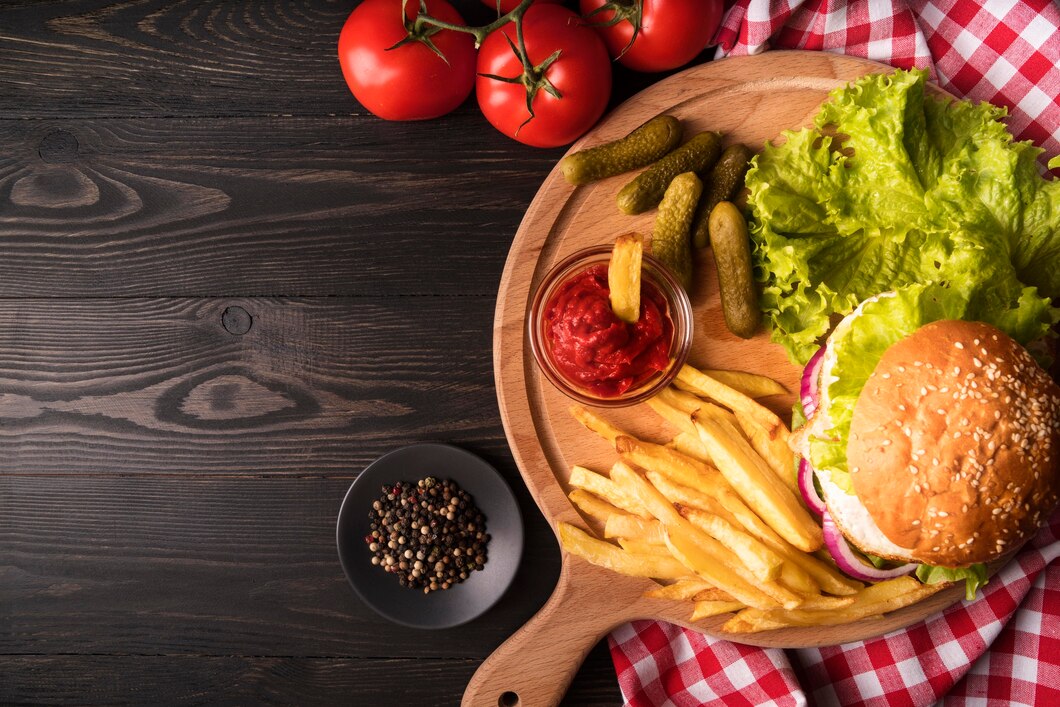In today's fast-paced world, many individuals are often unaware of the hidden calories lurking in their daily diets. While striving to maintain a lose weight diet, it’s easy to overlook the small bites, sips, and snacks that can accumulate throughout the day, leading to weight gain instead of loss. Understanding how to detect these hidden calories is crucial for anyone looking to lose weight healthy or learn how to lose weight effectively. This comprehensive guide will delve into the various sources of hidden calories, the psychology behind our eating habits, and practical tips to identify and reduce your calorie intake without feeling deprived. By the end of this post, you will be equipped with the knowledge and tools to make more informed choices about your diet, paving the way for healthier eating habits.

Understanding Hidden Calories
Hidden calories refer to those extra calories that you may consume without realizing it. They often come from sources that are not immediately obvious, such as beverages, condiments, and snacks. The first step in recognizing hidden calories is to understand where they typically come from. This understanding will help you become more aware of your eating patterns and make necessary adjustments to your diet. Here are some of the primary sources of hidden calories:
- Beverages: Sugary drinks, smoothies, and even alcoholic beverages can contain substantial calories. Many people do not consider these calories when tracking their intake, mistakenly believing that drinks do not significantly affect their diet. For instance, a single sugary soda can have as many as 150 calories or more, while a typical glass of wine may add another 120-200 calories to your daily total.
- Snacks: Munching on snacks throughout the day, whether it's chips, cookies, or even healthy options like nuts, can lead to higher calorie consumption than intended. Many snack foods are calorie-dense, meaning they provide a large number of calories in a small portion size. For example, a small handful of nuts can easily contain 200-300 calories.
- Portion Sizes: Larger portion sizes can lead to consuming more calories than you realize. Restaurants and food packages often serve more than a single serving, leading to unintentional overeating. A typical restaurant meal may contain two to three times the recommended serving size, making it easy to consume extra calories without being aware of it.
- Cooking Methods: Cooking with oils, butter, or high-calorie sauces can add calories to meals without you being fully aware of it. For example, frying foods in oil can significantly increase their caloric content, and creamy sauces can add an unexpected number of calories to otherwise healthy meals.
- Hidden Ingredients: Many processed foods contain hidden sugars and fats, which can quickly add up. It's essential to read labels to identify these ingredients. For instance, many seemingly healthy granola bars are loaded with sugars and fats, contributing to a higher calorie count than expected.
The Psychology of Eating
Our eating habits are often influenced by our environment, emotions, and social situations. Understanding the psychology behind why we eat can help us identify when we are consuming hidden calories. For example, many people eat out of habit or boredom rather than hunger. This mindless eating can lead to consuming more calories than needed. Moreover, social gatherings can also lead to mindless eating, where we consume food simply because it’s available, not because we’re hungry. Recognizing these triggers is crucial for managing your calorie intake effectively. For instance, attending a party where food is abundant may lead you to nibble continuously throughout the event without even realizing how many calories you’re consuming.
How to Detect Hidden Calories
Detecting hidden calories requires mindfulness and a proactive approach. Here are several strategies you can implement to uncover hidden calories in your diet. By incorporating these strategies into your routine, you can gain greater awareness of your food choices and make informed decisions about your eating habits:
- Keep a Food Diary: Tracking everything you eat and drink can help you identify patterns and pinpoint hidden calories. Be honest and include every bite, sip, and snack. This practice can reveal surprising insights into your eating habits and help you become more accountable for your choices.
- Read Nutrition Labels: Become accustomed to reading labels on food products. Look out for serving sizes, calories per serving, and ingredients. This practice can help you make more informed choices, ensuring that you are aware of the caloric content of the foods you consume.
- Measure Portions: Use measuring cups and food scales to ensure you are aware of portion sizes. This practice can prevent accidental overconsumption. By measuring your food, you can develop a better understanding of what constitutes a single serving, making it easier to control your portions.
- Be Aware of Beverages: Track your beverage intake just as closely as your food intake. Remember, liquid calories can add up quickly! Many people overlook the caloric content of their drinks, assuming they don't significantly affect their overall intake.
- Plan Your Meals: Planning your meals can help you control your calorie intake and prevent impulsive eating. Consider preparing meals at home so you know exactly what you’re consuming. This practice allows you to choose healthier ingredients and portion sizes, making it easier to stick to your weight loss goals.

Strategies for Reducing Hidden Calories
Once you've identified where hidden calories are coming from, the next step is to develop strategies to reduce them. Here are some effective methods you can use to lower your caloric intake and make healthier choices without feeling deprived:
- Choose Water or Zero-Calorie Beverages: Instead of sugary drinks, opt for water, herbal teas, or other zero-calorie beverages. This simple change can significantly reduce your calorie intake and keep you hydrated. Flavored waters and herbal teas can provide variety without adding calories.
- Opt for Healthier Snacks: Swap out high-calorie snacks for healthier options like fruits, vegetables, or low-calorie alternatives. This switch not only cuts calories but also boosts your nutrient intake. Fresh fruits and veggies provide essential vitamins and minerals while being low in calories.
- Practice Mindful Eating: Focus on your meals and eat slowly. Being mindful can help you recognize when you're full and prevent overeating. Paying attention to your hunger cues and savoring each bite can lead to a more satisfying eating experience.
- Limit Processed Foods: Reducing your intake of processed foods can help you avoid hidden sugars and unhealthy fats. Instead, focus on whole foods that are naturally low in calories. Whole foods such as fruits, vegetables, whole grains, and lean proteins are typically more nutrient-dense and less calorie-dense.
- Use Low-Calorie Cooking Techniques: Instead of frying, try baking, steaming, or grilling your meals. These cooking methods can help you reduce added fats and calories while still enjoying flavorful dishes. Experimenting with herbs and spices can add depth to your meals without adding calories.
Understanding why you might be eating more than you think is crucial for anyone on a lose weight diet. By identifying hidden calories and implementing strategies to detect and reduce them, you can take significant steps towards achieving your weight loss goals. The journey to lose weight healthy is not just about cutting calories; it’s about making informed choices and cultivating a positive relationship with food. By being mindful of what you eat and how much you consume, you can develop healthier habits that will support your goals in the long term. Remember, the path to a healthier lifestyle is a journey, not a sprint. Take the time to listen to your body, and you will find yourself on the right track.



